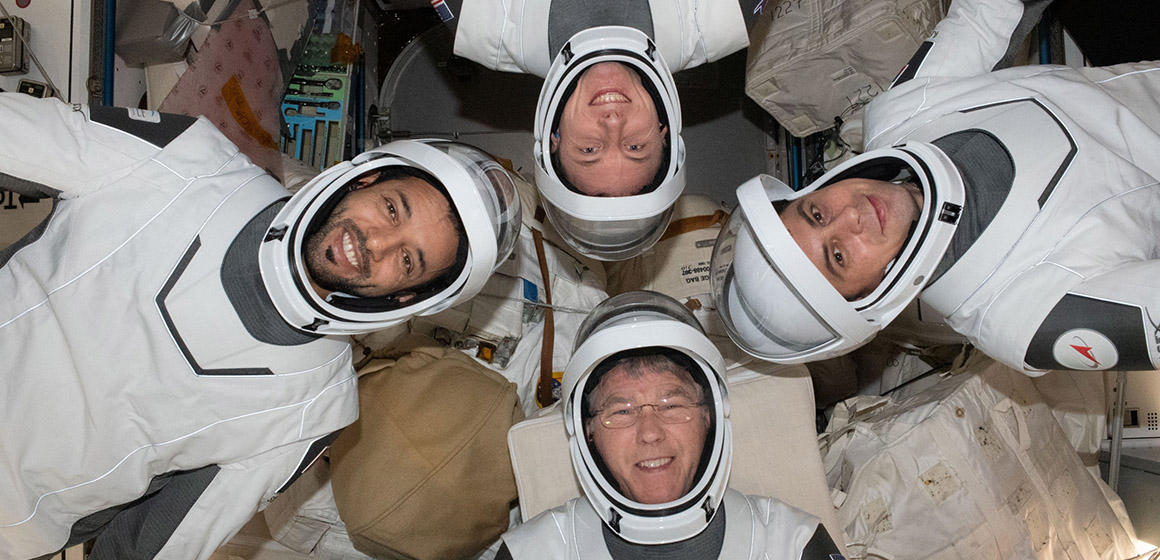Four individuals have completed their journey back to Earth, splashing down in the waters near Florida after spending over six months in space. The SpaceX Crew-6 mission, which launched on March 2 and docked with the International Space Station (ISS) the following day, successfully undocked on September 3 at 7:05 EDT (11:05 UTC). Recovery vessels, including the support vessel Megan, retrieved the crew and their capsule, Crew Dragon Endeavour (C206), from the Atlantic Ocean in the early morning hours of September 4.
The returning crew members were integral members of both Expedition 68 and 69 aboard the ISS. Among them were Commander Stephen Bowen and Pilot Warren “Woody” Hoburg from NASA, Russian cosmonaut Andre Fedyaev, and Sultan AlNeyadi, who made history as the first long-duration crew member from the United Arab Emirates and the second Emirati to venture into space.
The undocking procedure involved Crew Dragon Endeavour initially being docked to the zenith port of the Harmony node of the ISS in March. However, it was later moved to the forward docking port of the same module in May to accommodate an incoming Cargo Dragon capsule. The capsule used its onboard computers to autonomously back away from the orbiting laboratory, utilizing Draco thrusters in two separate burns known as burn zero and burn one. These maneuvers allowed the capsule to maneuver outside the “Keep-Out Sphere,” an imaginary circle that extends 200 meters around the ISS and designates NASA and other ISS partner nations’ involvement in the mission. Once outside the sphere, SpaceX assumed control of all aspects of the mission, while NASA’s mission control in Houston monitored the progress of reentry.
Approximately one hour later, burn two was conducted to place the capsule in a lower orbit away from the ISS. SpaceX and NASA had several splashdown sites available, with four located in the Gulf of Mexico and three in the Atlantic Ocean. The primary and secondary landing sites were selected in advance, considering factors such as weather conditions. The recovery ships, Shannon and Megan, were strategically positioned to ensure a safe return. These vessels, equipped with helipads, medical facilities, and radar, have played crucial roles in previous Crew and Cargo Dragon missions.
Endeavour underwent various stages for a controlled reentry, including jettisoning its unpressurized trunk segment and deploying parachutes to slow its descent. Ultimately, the main parachutes slowed the capsule to a speed of around 24 kilometers per hour (15 miles per hour) for a safe splashdown.
During their six-month stay on the ISS, the Crew-6 mission members actively participated in numerous scientific experiments and technology demonstrations. These included studies on human health, such as bioprinting knee tissue in microgravity, as well as the installation of new ISS Roll-Out Solar Arrays (iROSA) to enhance power generation on the station. The crew also engaged in Earth observation and interacted with students worldwide, fostering scientific connections and inspiring future generations.
The successful completion of the Crew-6 mission marks another significant milestone for SpaceX and NASA’s ongoing collaboration under the Commercial Crew Program, furthering advancements in crewed space exploration.

